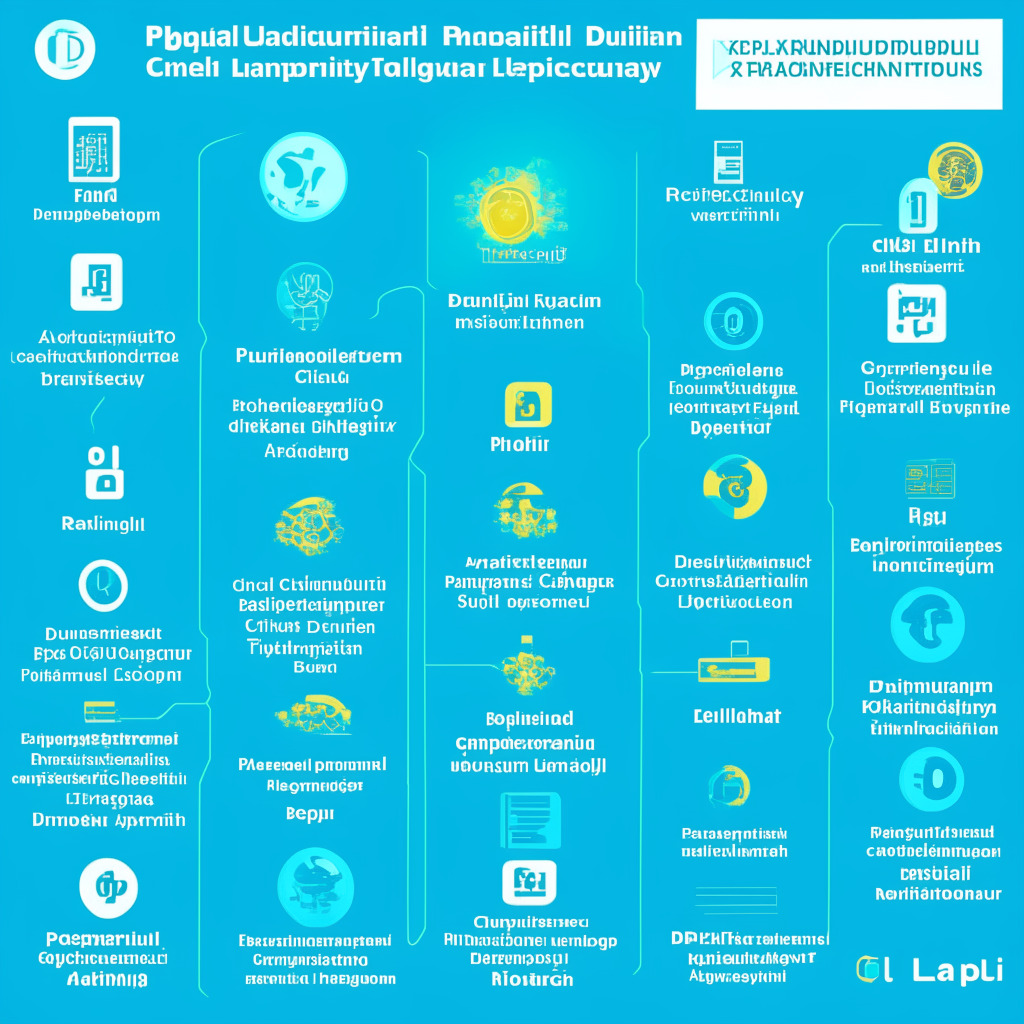Blockchain firm Ripple has recently unveiled the Ripple CBDC Platform: an end-to-end solution for governments, central banks, and other financial institutions interested in issuing their own central bank digital currencies (CBDCs). The aim of the platform is to bolster financial inclusion and minimize the risk associated with domestic and international payments. By leveraging the power of the XRP Ledger’s blockchain technology, the Ripple CBDC Platform enables these entities to efficiently manage and customize the entire life-cycle of their fiat-based CBDCs.
According to Surangel Whipps Jr, President of the Republic of Palau, the platform has played an integral role in the development of their national digital currency. He states, “Partnering with Ripple to help create our national digital currency is part of our commitment to lead in financial innovation and technologies, which will provide the citizens of Palau with greater financial access.”
The Ripple CBDC Platform offers a variety of key benefits, including robust ledger technology powered by the XRPL’s core energy-efficient technology, and the ability for issuers, such as governments or central banks, to manage the full life-cycle of their digital currency. This can include everything from minting and distribution to redemption and destruction. The platform also utilizes XRP Ledger’s built-in multi-signing capabilities, ensuring high levels of security.
Additionally, the platform enables financial institutions that hold significant quantities of digital currency to manage and participate in inter-institutional settlement and distribution functions. Not only can corporate and retail end-users securely hold their digital currency, but they can also use the Ripple CBDC Platform to pay and receive funds for goods and services with the same ease and convenience as traditional banking apps, including offline transactions and non-smartphone use cases.
In light of these benefits, one could argue that platforms such as Ripple’s CBDC solution present a step forward for global fintech innovation. However, it’s important to consider the potential drawbacks or challenges that may come with the implementation of such technology. For example, while digitization may promote broader access to financial services, it’s crucial to ensure that this process doesn’t inadvertently leave behind those who lack the technological resources or knowledge to utilize these new systems effectively.
The introduction of the Ripple CBDC Platform came in the wake of the company becoming the sole platinum partner in the global CBDC Symposium last month. The platform’s announcement bears testament to Ripple’s ability to address multiple use cases via their innovative CBDC solution, including the issuance of wholesale and retail CBDCs on a private platform, as well as the launch of stablecoins.
Source: Coingape




